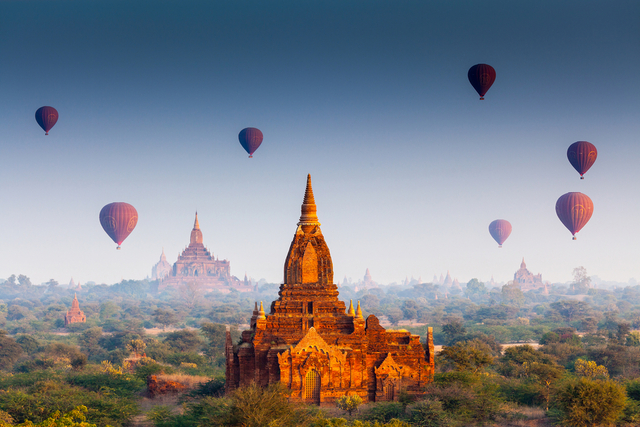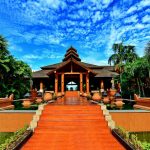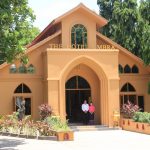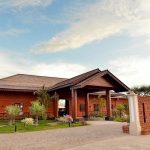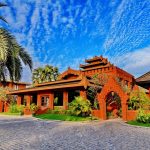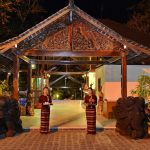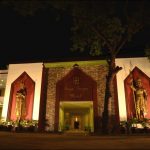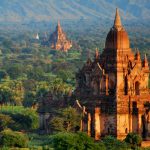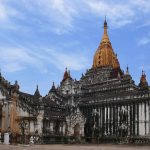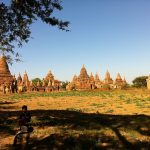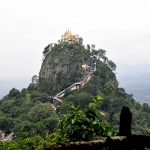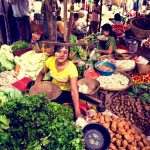The main tourist destination in Myanmar is Bagan, the capital of the first Myanmar Empire; one of the richest archaeological sites in South-east Asia. Situated on the eastern bank of the Ayeyawaddy River. The Magic of Bagan has inspired visitors to Myanmar for nearly 1000 years. Bagan covers an area of 42sq.km containing over 2000 well-preserved pagodas and temples of the 11th-13th century.
Bagan has 19 villages and many regions. The main regions where most of the famous pagodas are Old Bagan, Minnanthu, Nyaung U & Wetkyi In, Myinkaba, Thiripyitsaya, Bagan Myothit (or) New Bagan and Pwasaw.
Bagan was a place which was flourished with arts and buddhism. The major attractions in the monuments of Bagan are mural paintings, glazed plaques stone inscriptions, stucco and fresco. Today, Lacquerware is the main local products of Bagan which exports to many parts of the world and the country.
At the height of the tourist season, between mid-December and late January, droves of visitors converge via a maze of dusty footpaths and cart tracks on the more famous viewpoints to savour this exotic spectacle. But you can easily sidestep the crowds by venturing a short way off-piste. Indeed, aimless explorations of Bagan’s fringes are just as likely to yield memorable visions as the dozen or so “must-sees” that dominate tourists’ tick lists. Wherever you wander, though, glimpses of exquisitely proportioned stupas and temple towers are guaranteed, along with swirling Jataka murals in beautiful earthy red hues, and meditating Buddhas in dimly lit shrine chambers.
The majority of visitors spend at least two days and three nights at Bagan, but you could conceivably spend double that here without re-tracing your own footsteps


